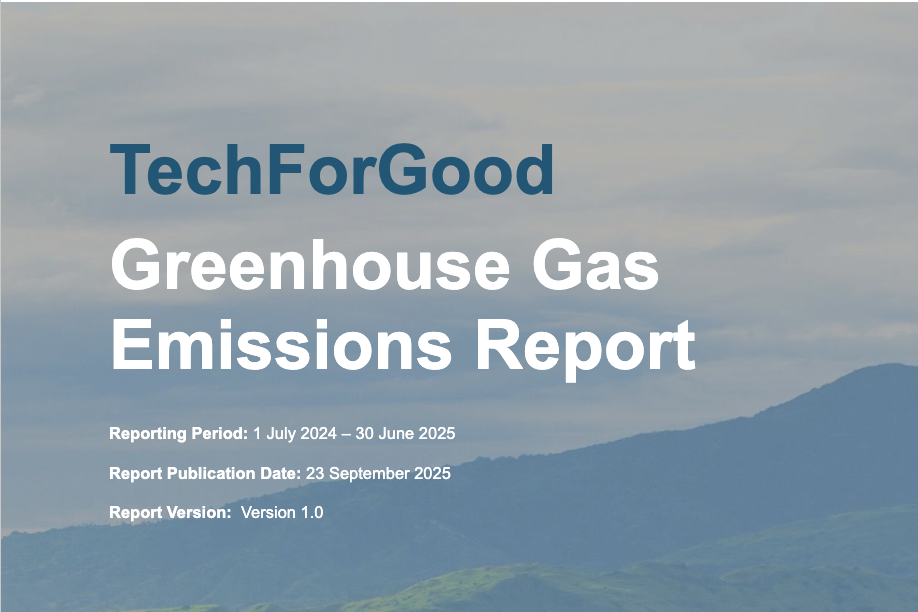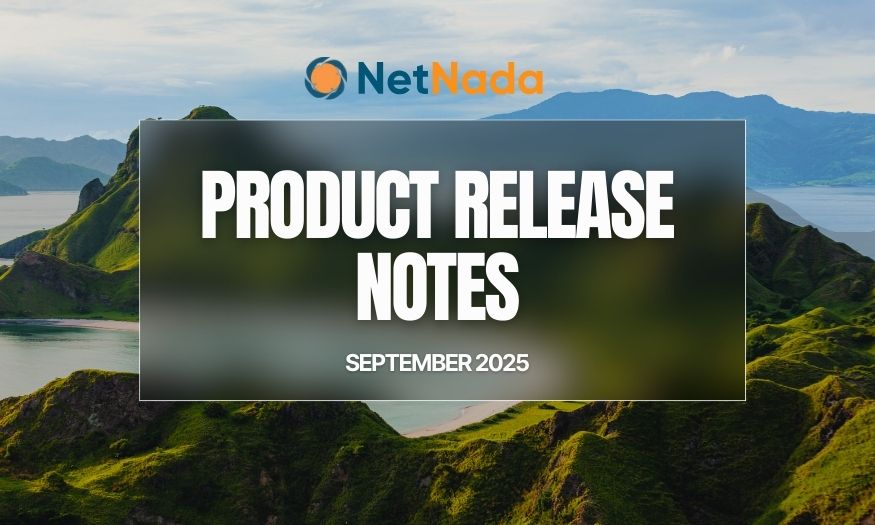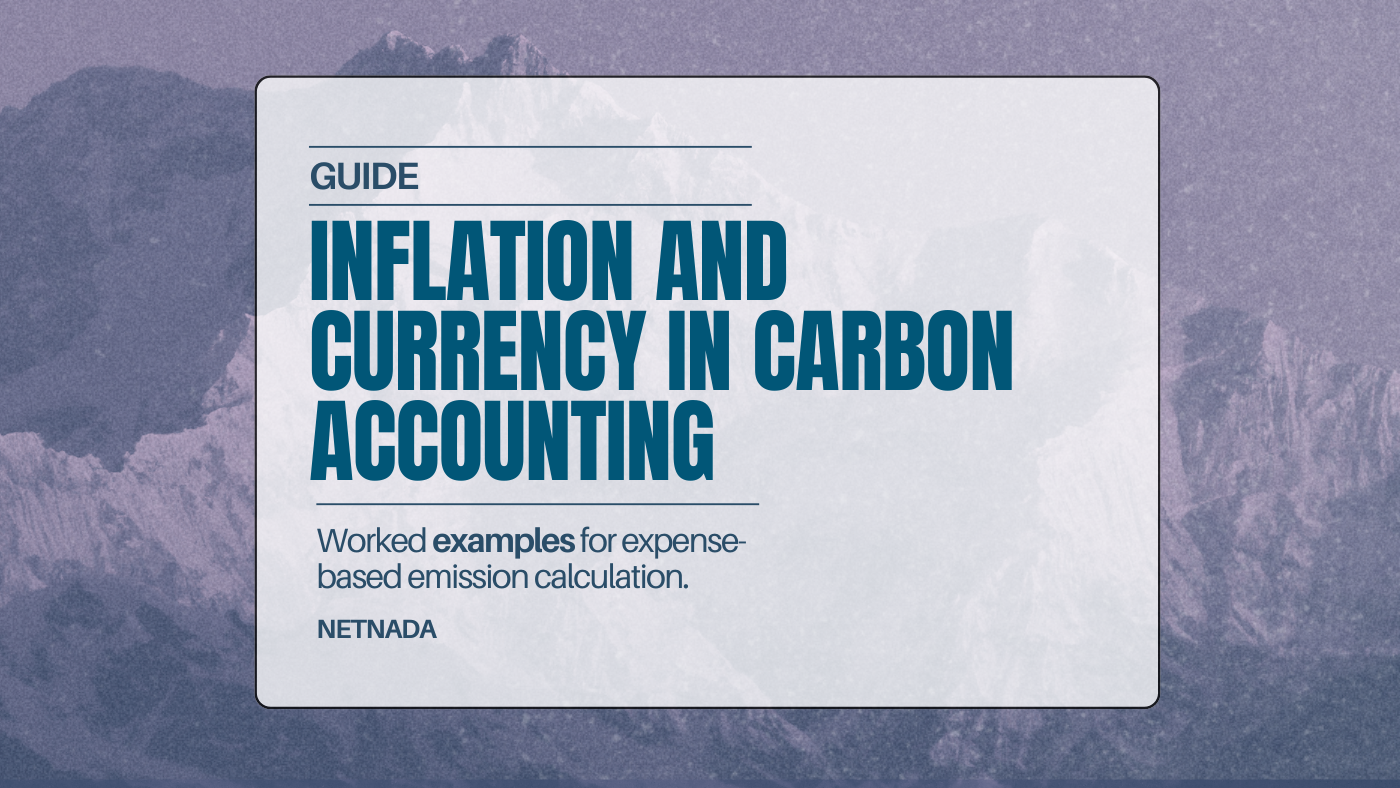One of the most challenging, but most valuable, requirements in the AASB S2 Climate-related Financial Disclosures standard is quantifying the financial effects of climate-related risks and opportunities.
From our Compliance Countdown sessions, we learned that many businesses are asking the same questions:
- How do I turn climate risks into numbers?
- What if I don’t have all the data yet?
- What’s the regulator actually expecting?
In this guide, we break down what AASB S2 asks for, share real examples and insights from our workshop participants, and explain how you can get started, even without perfect data.
Why Are Financial Effects Important in Climate Reporting?
Climate-related risks (like extreme weather or rising emissions costs) and opportunities (like access to green funding or energy savings) have real-world consequences for your bottom line.
That’s why AASB S2 requires you to disclose how these factors are likely to affect your financial position, performance, and cash flows, both now and in the future.
This isn’t just about regulatory compliance. Investors, customers, and lenders increasingly expect transparency around climate-related financial risk. They want to know:
- Are you pricing climate risk into your business decisions?
- Can your company remain resilient as the economy decarbonises?
- Are you unlocking value from emissions reduction opportunities?
What AASB S2 Requires You to Disclose
Under the Strategy and Metrics & Targets pillars of AASB S2, companies must:
- Quantify the current and anticipated financial effects of climate risks and opportunities.
- Specify how these will affect revenue, operating costs, capital expenditure, asset values, and liabilities.
- Explain how financial planning has changed as a result (e.g. capex reallocation, insurance decisions, or impairment testing).
If you're thinking this sounds like a big ask, you’re not alone. But as our workshop experts reminded us, “materiality and transparency matter more than perfection.”
A Practical Approach to Disclosing Financial Effects
Here’s a simplified framework shared during our Compliance Countdown that many businesses are finding useful:
1. Start With a Materiality Filter
Use your climate risk assessment to identify material risks and opportunities—the ones most likely to affect your financials.
Ask:
- Will this risk/opportunity impact key financial metrics?
- Could it influence investor or lender decision-making?
- Does it relate to high-value assets, major projects, or critical operations?
If the answer is yes, it’s likely material and needs disclosure.
2. Quantify What You Can
You don’t need to be precise to add value. For each material risk or opportunity, consider:
- Estimated cost ranges (e.g. rising insurance premiums, cost of disruption from a flood-prone site)
- Order-of-magnitude impacts (e.g. projected energy savings from solar installation)
- Time horizon (short, medium, or long term)
Real-world example shared by a Countdown attendee:
“We mapped which of our facilities are exposed to flooding and used historical disruption costs to estimate potential downtime expenses under a high-warming scenario. That was enough to give our CFO a ballpark figure to work with.”
3. Link to Financial Statements (Where Relevant)
For listed entities and larger businesses, the AASB and ASIC expect companies to assess how climate-related risks affect their assumptions in:
- Asset impairment
- Fair value measurement
- Provisions for restoration
- Useful life of assets
You don’t have to include climate disclosures in your financial statements—but you should show how your reporting assumptions consider climate risk.
Common Concerns and How to Overcome Them
“What if we don’t have the data?”
Start with scenario-based assumptions and estimates. Regulators accept uncertainty—just explain your basis clearly.
“What if the impacts aren’t material right now?”
State that transparently. But also explain how you’re monitoring for future materiality. Climate risks often escalate quickly.
“What level of assurance is required?”
You’ll need internal governance and evidence (e.g. documentation, spreadsheets, external reviews), but external assurance isn’t yet mandatory in year one.
What Businesses Are Doing Right Now
From our sessions, here are a few practical actions companies are taking to get started:
- Creating an inventory of physical assets and mapping climate exposure (e.g. flood zones, heat stress areas).
- Using internal carbon prices to model the financial effect of emissions.
- Working with sustainability consultants to model transition risks under different policy scenarios.
- Reviewing insurance policy changes as a financial signal of climate exposure.
- Embedding climate into enterprise risk management to flag potential losses or costs early.
Final Thoughts: Start Simple, But Start Now
Disclosing the financial effects of climate risk isn’t about perfect modelling, it’s about building transparency, accountability, and resilience. AASB S2 is pushing companies to think differently about climate and finance, and early movers will gain trust and credibility with stakeholders.
At NetNada, we help businesses bridge the gap between sustainability and finance, whether it’s scenario analysis, emissions data, or financial impact assessments.
Need help quantifying the financial impacts of climate risks for your business?
Book a call with us and we’ll help you build a clear, credible, and compliant disclosure under AASB S2.




.png)
.png)

















